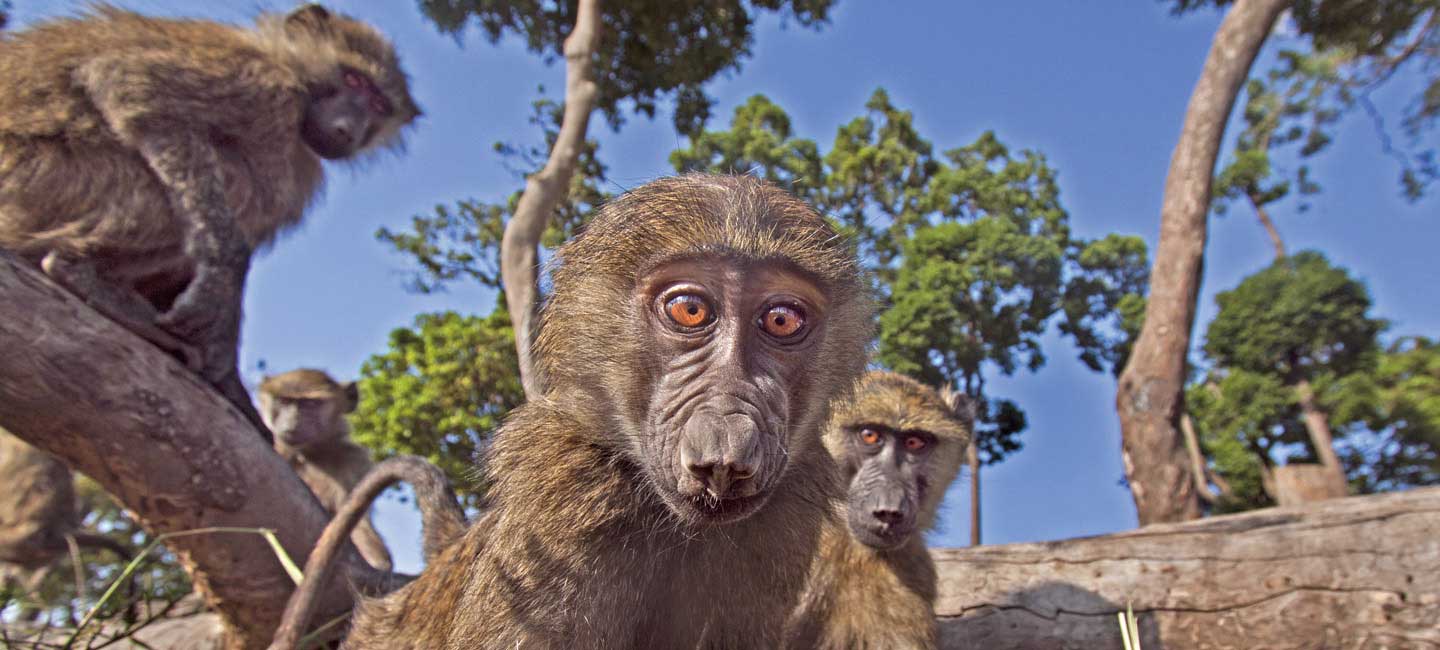On November 8, Americans will cast their ballots for the 45th president of the United States. That’s because the U.S. is a democracy—a place where people choose their leaders by voting.
Humans hold the only presidential elections. But we aren’t the only species to decide things democratically. Many animals do too! From baboons to buffalo, scientists are finding examples of democracy across the animal kingdom (see Voting Gone Wild). “The question is, how do animals make decisions without being able to talk?” says Meg Crofoot.
Crofoot is an anthropologist at the University of California in Davis. She studies humans and their ancestors. And she recently found out how African monkeys called olive baboons “vote.”
On November 8, Americans will vote for the next president of the United States. The U.S. is a democracy. That’s a place where people choose their leaders by voting.
Only humans elect presidents. But other animals can decide things democratically too! Scientists are finding examples across the animal kingdom (see Voting Gone Wild). “The question is, how do animals make decisions without being able to talk?” says Meg Crofoot.
Crofoot is an anthropologist. (an-thruh-PALL-uh-jist). She studies humans and their ancestors. She works at the University of California in Davis. Crofoot recently studied African monkeys called olive baboons. She found out how they “vote.”

